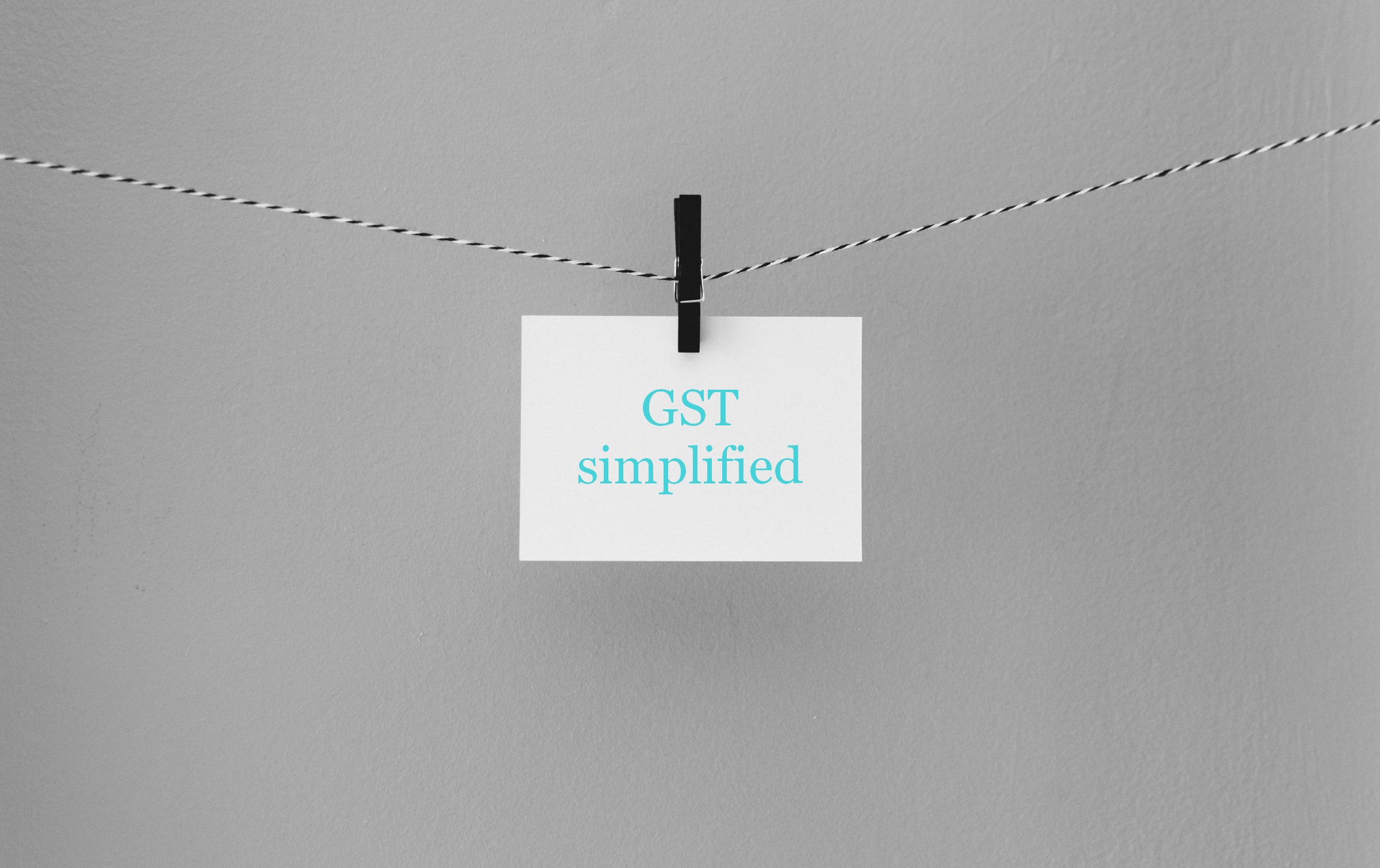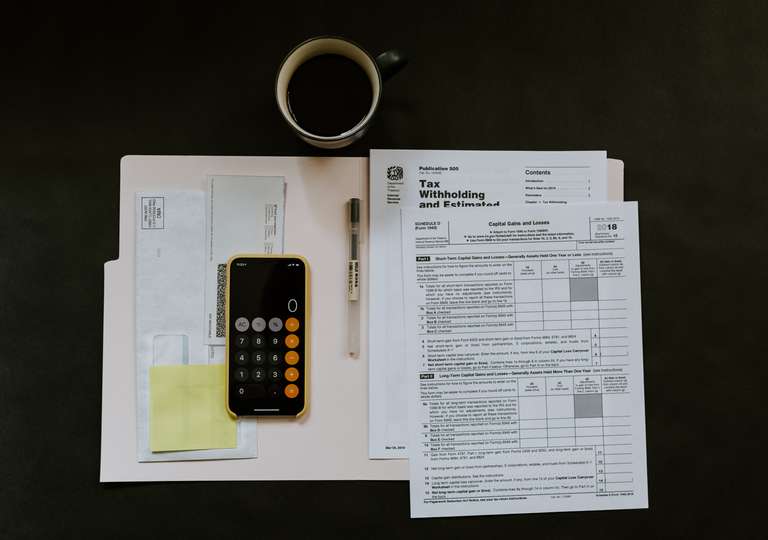What is GST? Goods and service tax explained

Table of Contents
GST is the Goods and Services Tax is an indirect tax which has replaced other indirect taxes such as excise duty, VAT, etc. Unlike the previous indirect taxes, it is not collected at the point of origin but at the point of consumption of the Goods/Services. The Goods and Service Tax Act was passed in the parliament on the 29th of March, 2017 and came into force on 1st July 2017. The Goods and Service Tax in India is a comprehensive tax that is imposed at every stage of value addition. Under the regime of GST the tax is levied at each and every stage of sale. In the case of intra-state sales the central and state GST are charged.
GST is a multi-staged taxation process which is levied on every stage of value addition.
Multi staged taxation
A product goes through multiple stages before it is consumed by the consumer. A product goes through multiple parties along with the supply chain, from the manufacturing stage to the consumption stage.
Various stages for a typical product are:
- Purchase of raw materials
- Production or manufacture
- Warehousing of finished goods
- Selling to wholesalers
- Sale of the product to the retailers
- Selling to the end consumers
GST is levied at every stage mentioned above, which makes it a multi staged taxation process.
GST is destination based
By saying that GST is a destination taxation it means that if the product is manufactured in Mumbai and sold to the final consumer in Delhi, then the tax will be collected at the point of consumption and not at the point of origin i.e. Mumbai in this case.
Value addition
GST is a value added tax because with every input that is added to the product that particular value is added in the tax. For example if a manufacturer buys flour, sugar and others to make biscuits. The value of the biscuits will be determined by all the inputs that have been added to manufacture the product. GST is levied on these value additions, i.e. the monetary value that has been added at every stage before it reaches the final consumer.
Components of GST
| Central Goods and Services Tax (CGST) | It is applicable for the transactions done within the state |
| State Goods and Services Tax (SGST) | SGST is also applicable for the transactions done within the boundaries of the company |
| Integrated Goods and Services Tax (IGST) | IGST is applicable for the transactions done between different states |
Tax Laws Before GST

Before the GST regime there were many indirect taxes levied by both state and center. Different states had different rules and regulations for the tax collection, states mainly collected the taxes in form of Value Added Tax (VAT). Inter-state taxes were collected by the center, CST (Central State Tax) was applicable for inter-state sale of goods and services. This led to overlapping of taxes in both state and center.
Here is a list of taxes which were applicable before the GST system
- Central Sales Tax
- State VAT
- Service Tax
- Luxury Tax
- Entertainment Tax
- Entry Tax
- Taxes on advertisements
- Taxes on lotteries, betting, and gambling
In other words it was complicated! 😱
Advantages of GST
Removed the cascading effect
Cascading effect is an impact on tax by tax and it has been removed with the emergence of GST. GST has eliminated the cascading effect of tax, logistics cost, inter-state tax and the unified market.
Simplification of taxes
GST has replaced other indirect taxes and automatically eliminated the compliance cost for businesses.
Digitization of billing
Activities such as registration, return filling, billing softwares, application of refund and response to notice are done through an online GST filing facility which automatically reduces a lot of paperwork.
Uniform taxation and processes
All the fragmented markets across the nation have been unified with the GST services.
Is GST appplicable to your business?
The GST Law states that businesses with a turnover exceeding Rs 40 lakh (Rs 10 Lakh for North-Eastern States, Jammu and Kashmir, Himachal Pradesh and Uttarakhand) is required to obtain GST registration for suppliers of goods. For certain businesses registering under GST is compulsory. If they fail to register under GST then it will be an offence under GST and heavy penalties will be imposed.
How to register your business for GST
- Start by registering your business on the GST portal
- Select the New Registration radio button
- Next select Taxpayer in the I am a drop down
- Select your State then District
- Legal name as per your business pan card
- PAN number of your business
- Email address provide the one you access regularly
- Mobile number to receive alerts and OTP from the GST portal
- Type the characters & numbers that show up in the Captcha
- Click the Proceed button
- Enter the 2 OTPs received on the email and mobile number you provided
- Next you will receive the 15-digit Temporary Reference Number (TRN). This will also be sent to your email and mobile as well. Keep this TRN handy. This will be needed to complete filling part-B details within the next 15 days
- Navigate once more to the GST portal link
- This time select Temporary Reference Number (TRN). Enter your TRN and the captcha code and click on Proceed
- You will receive an OTP on the mobile and email provided by you during registration. Enter the OTP and click on Proceed
- Status of your application is shown as drafts. Click on Edit Icon.
- Part B has 10 sections. Fill in all the details and submit appropriate documents. Here are the list of documents you need to keep handy while applying for GST registration
- Photographs
- Constitution of the taxpayer
- Proof for the place of business
- Verification and aadhaar authentication, if chosen
- Once all the details are filled in go to the Verification section. Tick on the declaration and submit the application using any of the following ways
- Companies and LLPs must submit application using DSC
- Using e-Sign – OTP will be sent to Aadhaar registered number
- Using EVC – OTP will be sent to the registered mobile
- A message is displayed on successful application and Application Reference Number(ARN) is sent to registered email and mobile. Note that if the authorized signatory chose Aadhaar authentication, then physical verification of premise or site will not be required.
- You can check the ARN status for your registration by entering the ARN in GST Portal.
Filing GST return
All the businesses which are required to register under GST have to fill monthly, quarterly and annual GST returns. It depends on business to business for the type of returns that is needed to be filed. A GST return is a document that includes purchases, sales, GST paid and input tax credit (ITC) of a business. The GST return has to be filed with the tax authorities and the authorities use the same information to calculate GST liability of a business. A business registered on GST needs to have GST complaint invoices of their sales and purchases.
Reverse charge mechanism
The Reverse charge mechanism is applied when the receiver of the goods becomes liable to pay the tax and the supplier of the goods and services isn’t liable to pay the tax. There are several instances where the reverse mechanism is employed. GST is in respect to the supply of goods and services or both by an unregistered business to a buyer where the buyer pays on a reverse charge basis. All the provision of the GST is applied to the buyer as if they are the people liable for paying the tax for goods or services or both.
Difference between GST and GSTIN
| GSTN | GSTIN |
| It is an organisation which manages the information technology (IT) system of GST portal i.e. The Goods and Service Tax Network (or GSTN) | It is a tax registration number under GST that businesses after registering businesses to GST |
Structure of GSTIN
- First 2 digits of the 15 digit GSTIN represents the state code
- Next 10 digits are the PAN Number of the person or the business entity
- Thirteenth digit is based on the number of registrations done by the firm within a state under the same PAN
- Fourteenth digit will be the alphabet “Z” by default
- Last digit is called the check code to detect errors and can be denoted by either a number or an alphabet
Final word
At the current moment GST implementation is in its a nascent stage. Its effects are being still understood and changes that are still being made on a monthly basis and the protocol is still being finalized.
One thing is for certain it is here to stay and GST implementation is trying to increase the ease of business in India.



